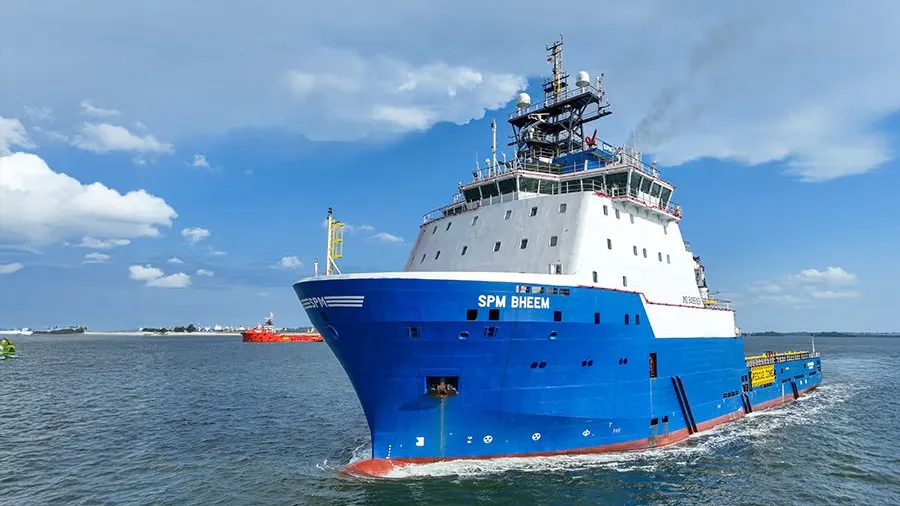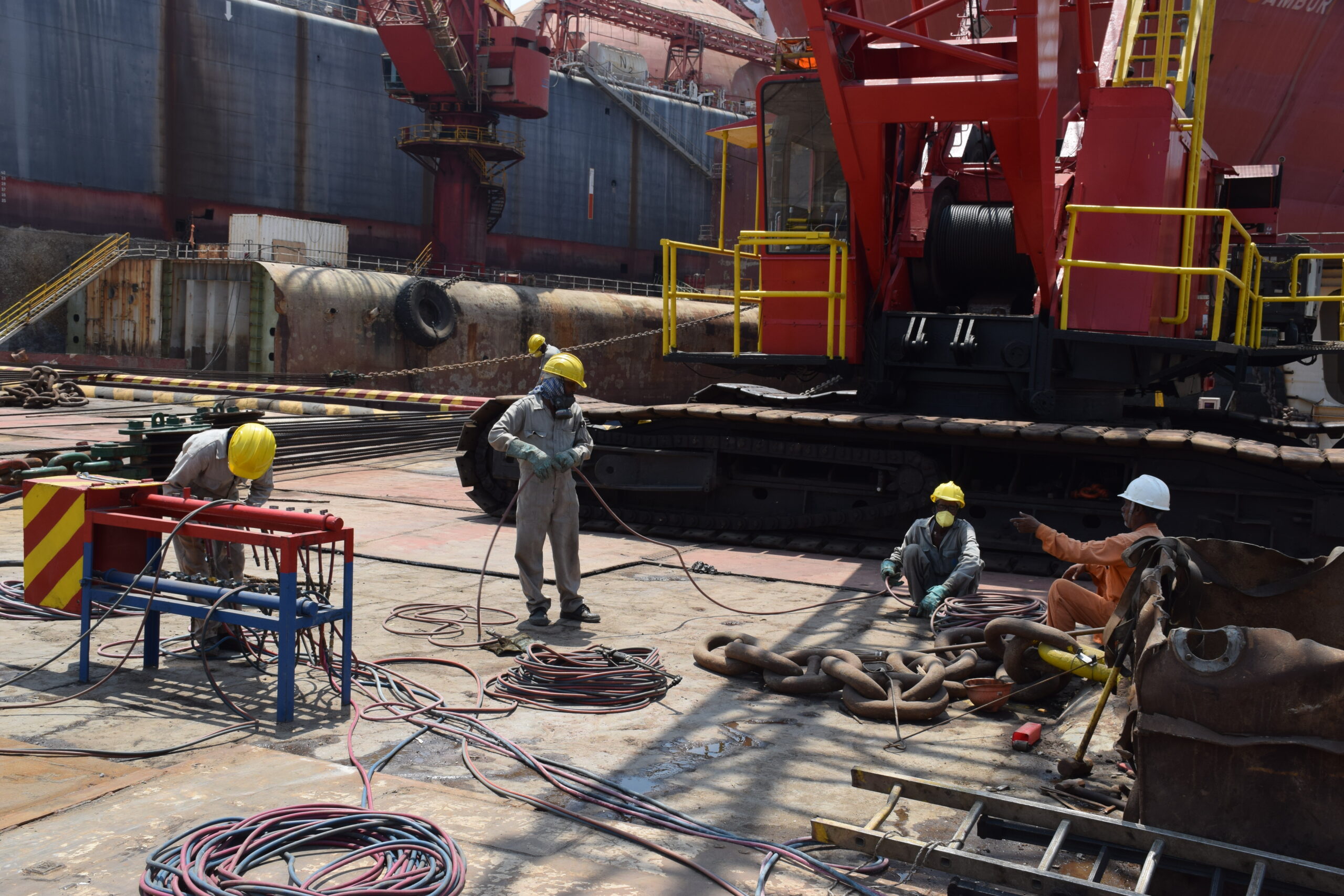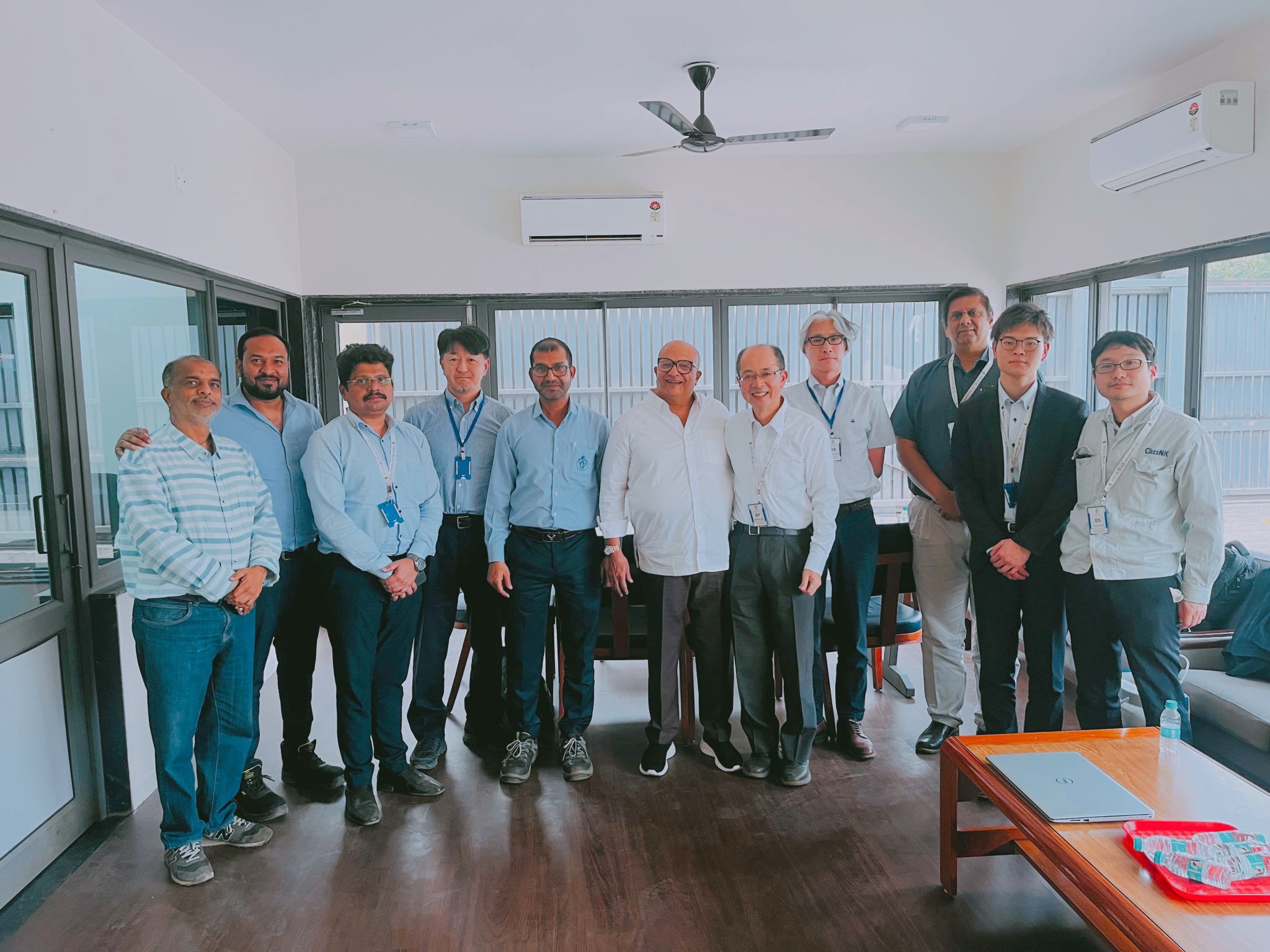SPM Shipping revives anchor-handler SPM Bheem laid up for eight years
In a remarkable turn in the offshore support vessel sector, Dubai-based SPM Shipping has brought into service an anchor-handling tug supply (AHTS) vessel that had been laid up for eight years under its previous owner. The comeback of the vessel — now renamed the SPM Bheem — highlights both the resilience of asset revival strategies and a subtle signal of recovery in an offshore market still grappling with subdued demand.

The vessel in question is a 25,200 bhp AHTS, which had been out of action for nearly a decade under its former owner. The extended period of inactivity stemmed from weak chartering prospects in the anchor-handling market, leading the previous owners to lay it up rather than risk further cash burn.
SPM Shipping acquired the vessel and embarked on a revival programme, culminating in the vessel’s recommissioning and re-entry into service. With oil-field developments showing faint signs of revival, SPM betting on a “ships-out-of-the-water” opportunity is noteworthy. As the article notes: “the SPM Bheem is back in action after eight long, cold years.”
For SPM Shipping, a company that launched its ship-owning operations only recently, the purchase and activation of such an asset fits a value-opportunistic approach. Publicly, the company emphasises its ambition to invest in “mid-age tonnages around 15 years at the optimal market period” and to apply high maintenance and upgrade standards. spmshipping.ae
By resurrecting a laid-up unit, SPM gains several advantages:
-
Reduced acquisition cost: A long-laid-up vessel carries a lower upfront purchase cost, albeit with refurbishment needs.
-
Upside potential: If charter rates or demand recover, an asset already in operation can capture the upside faster than a brand new build.
-
Fleet diversification: The AHTS adds to SPM’s offshore service division, complementing its tankers and bulk carriers.
The offshore support vessel market — especially for anchor handling tug-supply vessels — has been under pressure for years. Low oil prices, delayed developments and substitution of traditional rigs with lower-cost alternatives have all weakened demand. Those conditions forced many owners to lay up or scrap vessels rather than continue bleeding money on idle units.
Reviving a long-laid-up AHTS therefore signals a willingness to take risk on a market pickup — even if that recovery is incremental. For SPM, the refurbishment cost and operational risk are balanced by the potential to secure charters in the Middle East or emerging offshore plays.
Re-commissioning a vessel after eight years off-hire brings non-trivial challenges. The refurbishment likely had to address mechanical systems, hull integrity, certification, regulatory compliance and mooring/anchor-handling equipment readiness. In many cases, long idle vessels suffer deterioration of engines, turbines, electrical systems, and even accommodation spaces. Ensuring the vessel meets current class and regulatory standards is critical.
On the commercial side, securing charters for AHTS units remains competitive. Vessel owners must contend with stiff rate competition, offshore-service companies seeking integrated packages, and charterers favouring newer units with improved fuel efficiency and lower emissions. The opportunity lies in niche markets, less-served geographies, or transitional phases of offshore developments where cost-efficiency is critical.
For SPM Shipping, the revival of the SPM Bheem offers a few tangible benefits:
-
Revenue stream activation: A previously idle asset may now start generating charter income, improving fleet utilisation metrics.
-
Market positioning: Demonstrating the ability to bring vessels back from lay-up enhances SPM’s image as a proactive owner in the offshore space.
-
Fleet scale‐up: As the company pursues a diversified fleet (tankers, bulkers, and offshore), adding an AHTS expands its service offering and market reach.
However, risks remain. The offshore services market remains volatile, and asset revival does not guarantee immediate employment or premium rates. The vessel must compete on cost, reliability and fit-for-purpose. If offshore chartering remains weak, the investment may carry a longer pay‐back period.
SPM’s move is illustrative of a wider dynamic: when asset prices are depressed and market downside is widely acknowledged, opportunistic acquisition and refurbishment of laid-up vessels become a viable strategy for agile shipping players. If offshore demand shows signs of stabilising or growing — even modestly — such re-activations may become more common.
From the charterer viewpoint, using a recommissioned asset may offer cost advantages, though charterers will need to evaluate condition, operational reliability, and support services carefully. For the broader market, each revival adds capacity and signals that owners believe the tide may be turning.
For the SPM Bheem, success will hinge on securing stable contracts and achieving competitive operating costs. For SPM Shipping, the revival underlines its intention to move beyond mere ownership into value creation through asset management and operational readiness. In a sector where many assets remain idle or scrapped, bringing a vessel “back from the dead” is a bold step — one that may pay off if the offshore landscape recovers.
In summary: the resurrection of the SPM Bheem is more than just a one-vessel story — it encapsulates a strategic bet in a challenging market, blending opportunistic asset acquisition with hopes of an offshore revival. Only time will tell whether this gamble will pay off, but the move certainly adds an interesting chapter to the evolving narrative of offshore shipping.
Author: shipping inbox
shipping and maritime related web portal









